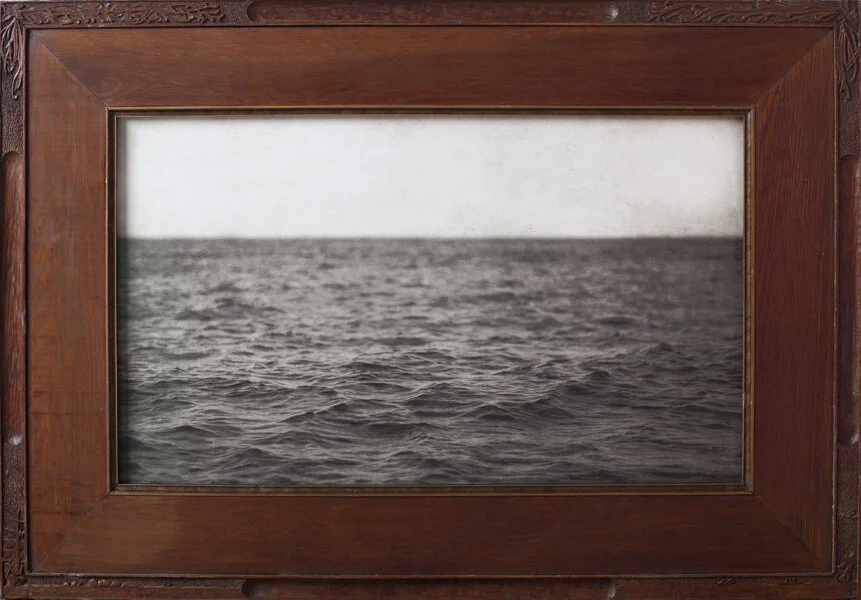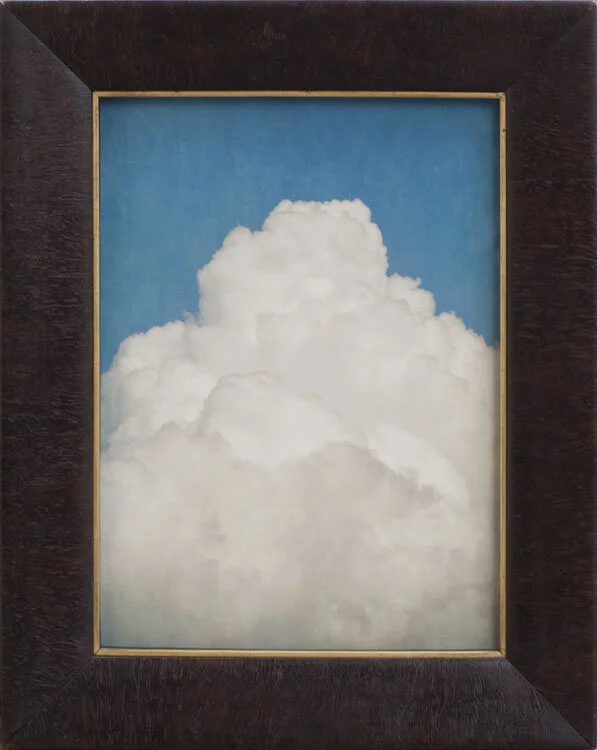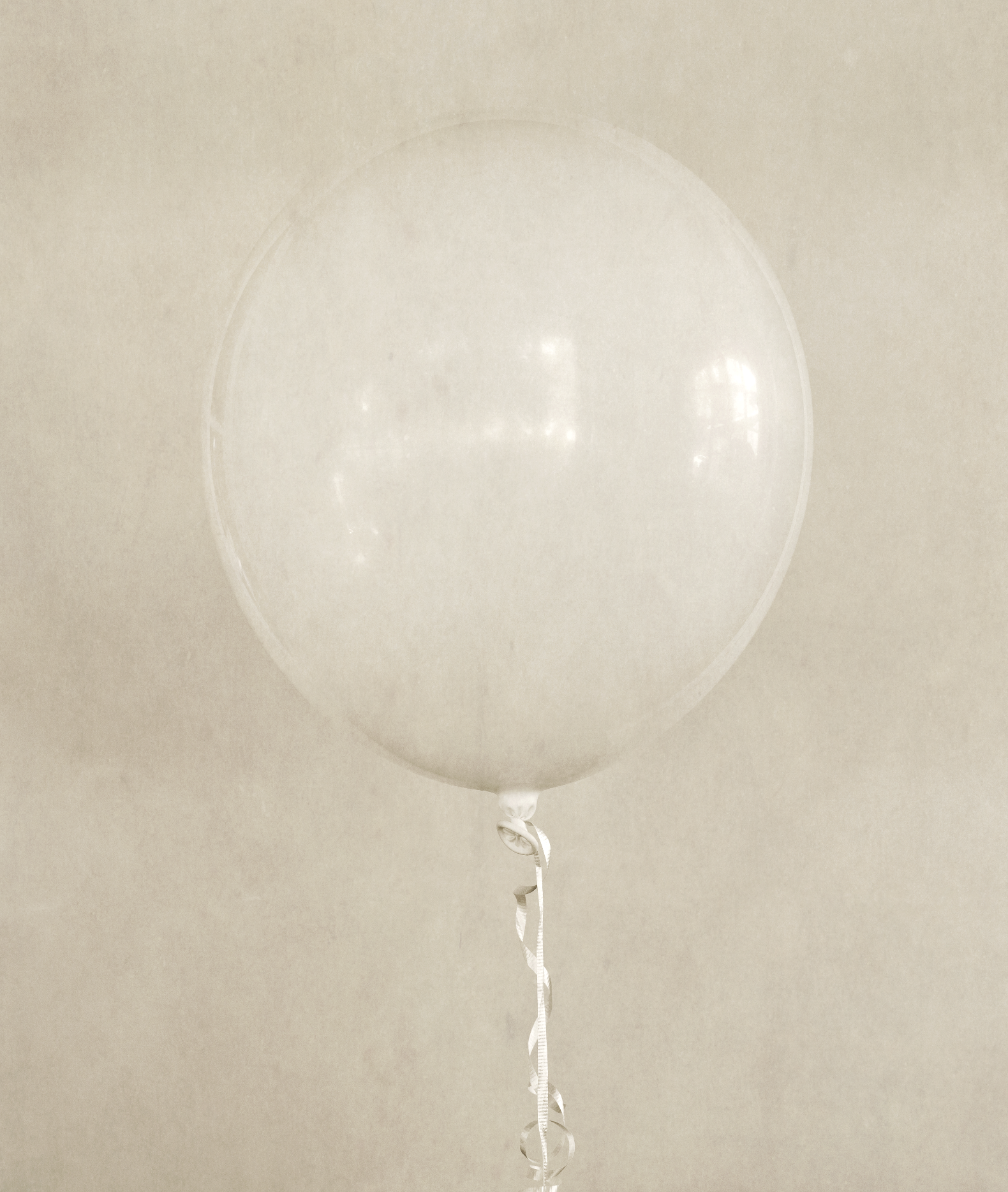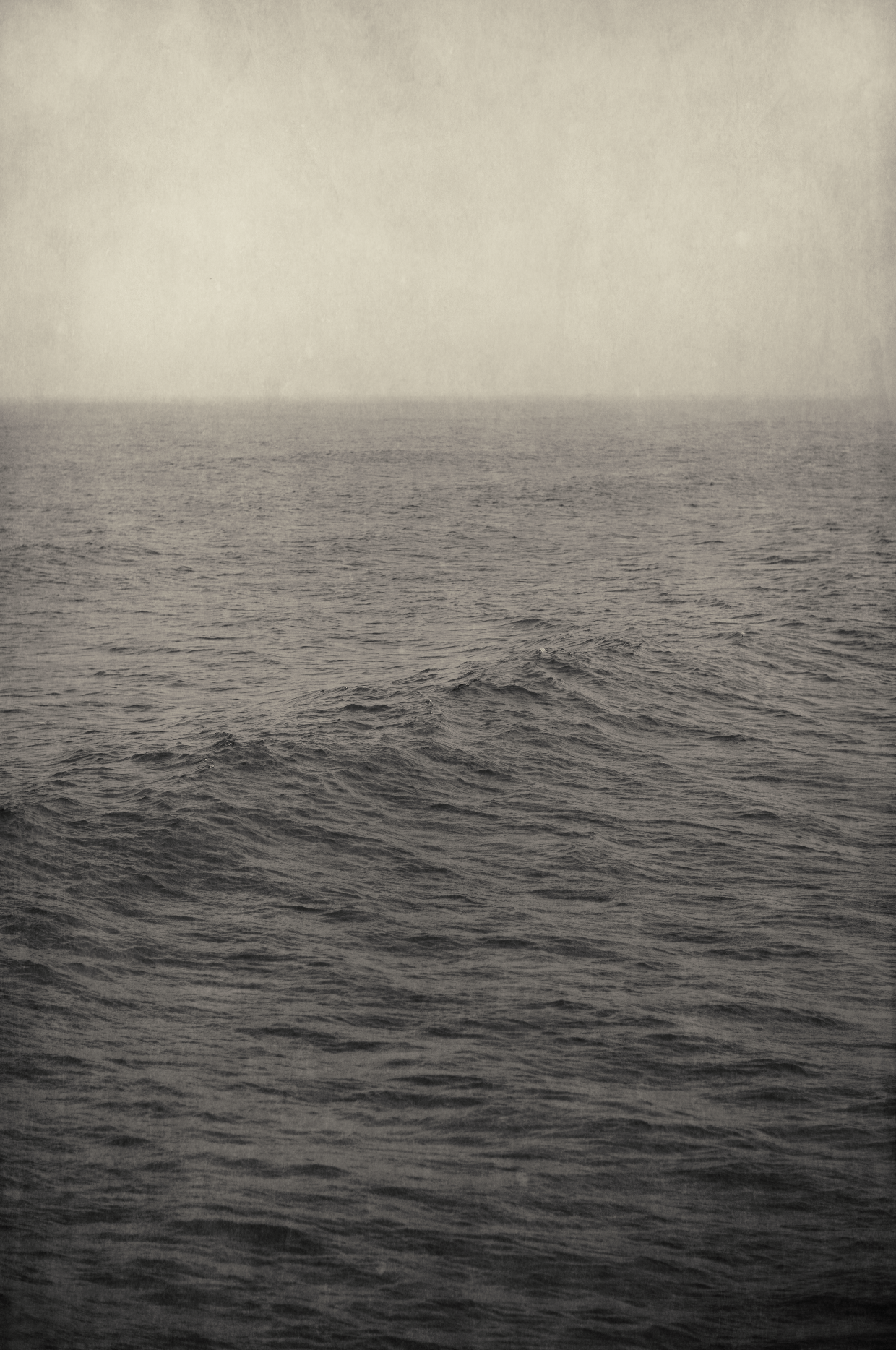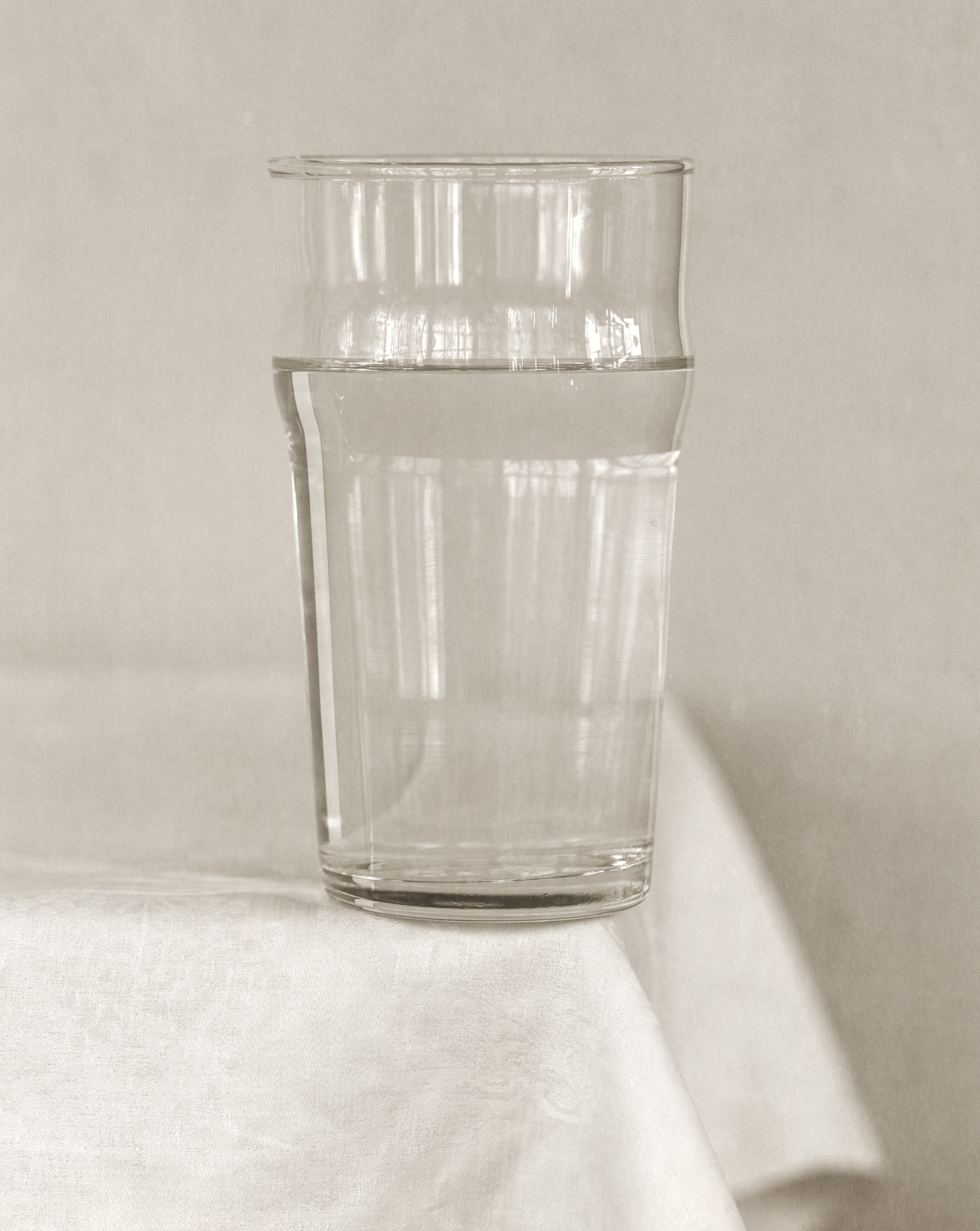Winter 2020 Artist of the Season
The poetry of winter and the vastness of water as matter that connects us all led us to select work by artist Jefferson Hayman for Shoppe Object 4.0, our February 2020 edition. Hayman is a New York artist whose work explores the themes of nostalgia, common symbols, and memory via a quiet minimalism that inspires introspection. We were also drawn to Hayman’s all-encompassing approach to creating work, that draws from his education in the fine arts coupled with his training in the art of frame-making. Here presentation goes beyond image into the realm of object, as Hayman approaches his work with a deep understanding of traditional craftsmanship and a sense of artistic heritage while remaining tied to the present through an enduring aesthetic simplicity. An understated language of visual symbolism meets meditative study. Each photograph is handcrafted as a silver gelatin, platinum, or pigment print, capturing both a tonality of early photographic processes and refined, modernist interplay of light and shadow, then paired with antique or artist-made frames, meticulously custom-made by the artist. The results are finished pieces imbued with a completely unique story and charming sense of personality. Hayman’s work is found in numerous private and public collections, notably the Museum of Modern Art Library, The Boston Athenaeum, and The New York Public Library.
Could you tell us about your background as an artist?
I grew up in rural Pennsylvania; Mechanicsburg to be exact. The landscape and light of that area gave me an early fascination of nature and its magic. In 1977 a truly transformational event occurred for me and my circle of friends: Star Wars. I think I can trace my creative lineage directly back to that movie theatre and the opening credits. I was spellbound, inspired and obsessed. Out came the pencils and paper and I drew the characters from that film every.single.day.
We would compare them on the school bus in the mornings and that gave me my first innocent understanding of art as an object. I could spend an hour watching TV with nothing to show for it at the end or I could use that time to instead make drawings and have a physical manifestation of my time afterwards. It was no contest and it would start me on my creative journey where I was constantly drawing and daydreaming.
Northvale
The Sound
The Laughing Days
Becketts Cloud
What are some ideas that motivate and form your practice?
Just Do It. I know, I know Nike came up with that one but I sure wish I did. I kind of lived that phrase without stating it I guess. Moments of failure, extreme life interruptions…one can stop momentarily to regroup but just keep going. Your failures inform your success and are often the most important aspect of remembrance and learning.
Analog or digital? How are they different or useful to you?
Both. I resisted digital image making up until 2010, longer than most. I was analog only up until that point shooting only black and white film. I now shoot digitally AND create analog prints; my creative practice is never limited by terms or roadblock categories. Becoming a self taught photographer in the analog era taught me patience and composition and I have applied that to digital technology and my creative output today.
Could you tell us a little bit about your training in frame-making, and how this informs or completes your photographic work?
While in art school I desperately need a job. The two options were dishwasher or picture framing assistant. I had already been a dishwasher so I opted for the latter; one of those decisions that changed my life. Understanding that the picture frame could become an extension of the artwork that it surrounds, it didn’t take long for the frame to greatly inform my work and process. I now use the picture frame as a device to make my photographs into unique statements within an edition. They also lend the photograph a sense of importance and reference historic eras as well.
At any given time my studio is filled with approximately 300 - 400 antique frames. I resize them to fit my prints or opt to create my own handmade designs in my studio wood-shop. It requires a lot time and patience but the end result is worth it.
What is the difference between craft and art?
Oh wow, this is a difficult question. I would say there is very little difference but when there is it becomes a matter of inspiration and intent.
What are some things inspiring you right now:
My kids and family are a constant, daily source of inspiration. Having just returned from Paris for an exhibition of my work, I am also finding anything remotely connected with that wonderful city inspiring and dreamlike.
Who are your artistic heroes?
The complete list would take up 3 pages I’m sure – but here is a edited top 10 list:
The objects and picture frames of Dagobert Peche
Anything, literally anything, by Edward Steichen
Wolfgang Tillmans
The cerebral poetry of Luc Tuymans
The rants of Jerry Saltz
The least scrawl by Diarmuid Kelley
The drawings of Vija Celmins
The Life of James Abbott McNeil Whistler
The paintings of my friend Brad Kunkle
Man Ray in his entirety.
You live in Nyack, New York. Could you talk a little bit about the importance of this community and what it means to you?
Nyack is a truly wonderful place. Looks like the word is out on this because half of Brooklyn seems to be moving here. This town has everything: a 20 mile proximity to NYC, great schools and historic homes and last but not least a true community of creative, kind and passionate people. I am both proud and honored to live here every day.



